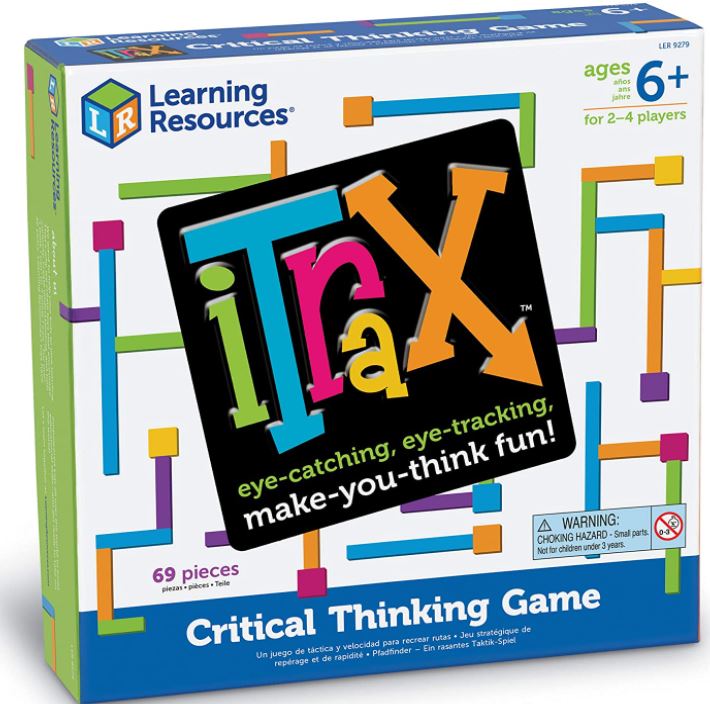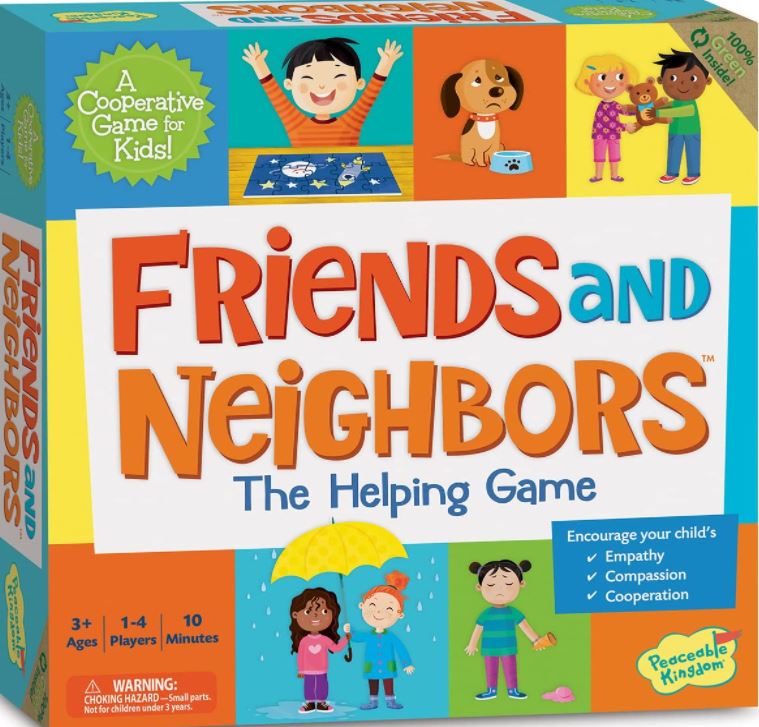
"My own definition of leadership is this: The capacity and the will to rally men and women to a common purpose and the character which inspires confidence."
This page may contain affiliate links which simply help you find the stuff I like a lot easier and pay me a commission! To read my super boring privacy and disclosure policies, click here.
Think leadership skills are only important to adults? Think again!
Leadership skills are just as important for young children and teens so that they can be the best versions of themselves in each stage of life and make a difference to those around them.
As children reach the end of their elementary school years, they may be interested in taking on new leadership roles. In fifth or sixth grade, children are typically given the opportunity to become school captains, sports captains, or even take on leadership roles in activities outside of school. This is just one of the many reasons why leadership skills for kids are so important beginning at a very early age.
Leadership skills for kids allow them to have control over their lives, and they give them the ability to make things happen.
Leadership skills for kids also instill confidence and help children solve problems creatively, work in a team environment, and work collaboratively with others. Plus, leadership skills give children many opportunities to develop a greater sense of responsibility.
And this sense of control and responsibility then follows them into their teenage years and beyond.
Did you know?
- Leaders are also great learners.
- Leaders are voracious readers.
- Leaders are agents of change!
- Competent leaders influence others positively
- Key phrases that relate to leadership skills for kids include:
- “self-confidence”
o “problem-solving”
o “pro-social,”
o “makes independent decisions and choices”
Teaching Leadership Skills
Teaching leadership skills to children at an early age will help them deal with difficult situations as they grow. This includes how to handle peer pressure during their teenage years and how to be successful in the workplace as adults.
While being a leader is not an exact science, teaching children the skills they need to become leaders is important because it helps prepare the next generation to take greater responsibility as teens and become more responsible adults in the future.
“Children are great imitators. So, give them something great to imitate.”
After all, a big part of teaching leadership skills to kids and teens as showing them how it’s done.
How to Develop Leadership Skills in Your Child
The best way to develop leadership skills in your child or teen is to recognize that all children have the potential to develop these important leadership skills and that leadership development can be a lifelong process.
In other words, teaching leadership skills to children and teens does not happen overnight so you want to model these skills over and over again until they become proficient on their own.
Wondering how to develop leadership skills in your child? Here are nine tips for teaching leadership skills starting today:
- Model leadership behavior to children. Children learn from seeing what others do. Explain to your child what it is that you are doing and why you are doing it. You can also share your own everyday experiences including any situations where you personally led a team towards something great.
- Teach children how to see things from another’s point of view. Good communication is a key component to being an effective leader. Teach children how to listen carefully to others, and how to respond calmly and respectfully. Listening to others is essential to developing leadership skills for kids.
- Help children build self-confidence. Give children opportunities to do a good job and offer them praise whenever appropriate. You might say, “I am so proud of you because you volunteered to be the leader of the ‘toy clean up’ team in your classroom. It is a big job to make sure all of your classmates are doing their part.” Building confidence is very important to develop leadership skills for kids.
- Find ways to create problem-solving situations. Children should learn how to solve their own problems. Allow children to start making small decisions, such as which activities they want to participate in, and then give them even more opportunities to make their own decisions over time so that they learn both the concepts of responsibility and the consequences of making decisions. All of these experiences will help them build those important leadership skills you want them to have in the future.
- Give children the opportunity to take leadership roles in the classroom. Create leadership situations in the form of classroom jobs. Children can lead by becoming the classroom “greeter”, “paper/supply manager”, “line leader,” or “attendance taker”. Teachers should inform children of the responsibilities of each classroom job and guide them as they take on those leadership roles. Plus, children should have the opportunity to try various leadership jobs within the classroom at any given time. This will help them improve their leadership skills by giving them new experiences to navigate.
- Teach your children how to work with others as a team. Group projects or sports activities are great ways for children to learn how to work effectively as a team.
- Assist children to develop a plan or strategy to address a problem or a situation. Children, as well as adults, sometimes shy away from leadership tasks simply because they feel overwhelmed. Show children how to break projects into workable tasks to help them get the job done. Problem-solving skills will help your kids develop leadership skills as well.
- Encourage children to pursue things that interest them. When children pursue things that interest them, they become more passionate and more comfortable with that topic. Once that occurs, they are much more likely to take on a leadership role in the first place.
- Encourage communication and action. Leadership involves speaking up or taking action. Teaching leadership skills to children includes suggesting projects or identifying problems that may be important to them and helping them to come up with suggestions for actions and possible solutions to those problems. This is necessary to when it comes to learning how to develop leadership skills in your child.
6 TOP Toys to Help Develop Leadership Skills in Your Child
· A cooperative group game where kids complete activities together in order to improve critical social skills such as communication, cooperation, manners and active listening.
· Social skills activities range from familiar activities like Telephone through imaginative play games like Survival Scenario. Mind Your Beeswax includes 14 unique kinds of activities in 48 variations plus 10 mindfulness moment cards.
· For 3-8 Players Ages 8+
· LEARNING AND GROWING: In playing the game and reading about the feelings and needs of the characters, parents can help their children recognize feelings in others—the first step to building empathy.
· BENEFITS: Cooperative games cultivate emotional development, shared decision making, positive self-esteem, creative problem-solving, and developing a sense of community in a non-stressful play environment.
· Age 3 and up.
18.00 USD on Amazon.com
- The objective of this challenge is for the team to work together to navigate a ball around a tarpaulin for as long as possible without the ball falling through a hole or off the tarp completely.
- Emphasis on Communication and teamwork . They need to effectively communicate and synchronize their movements to be successful.
- Learning Outcomes-Communication, Cooperation, Problem solving, Reviewing and reflection.
- For all ages
I truly hope you enjoyed this article and more importantly that it will help you make an informed decision before you purchase games!
I highly recommend you to read additional articles such as:
Teach flexible thinking through FUN
Best Strategy Games to teach decision making to kids










